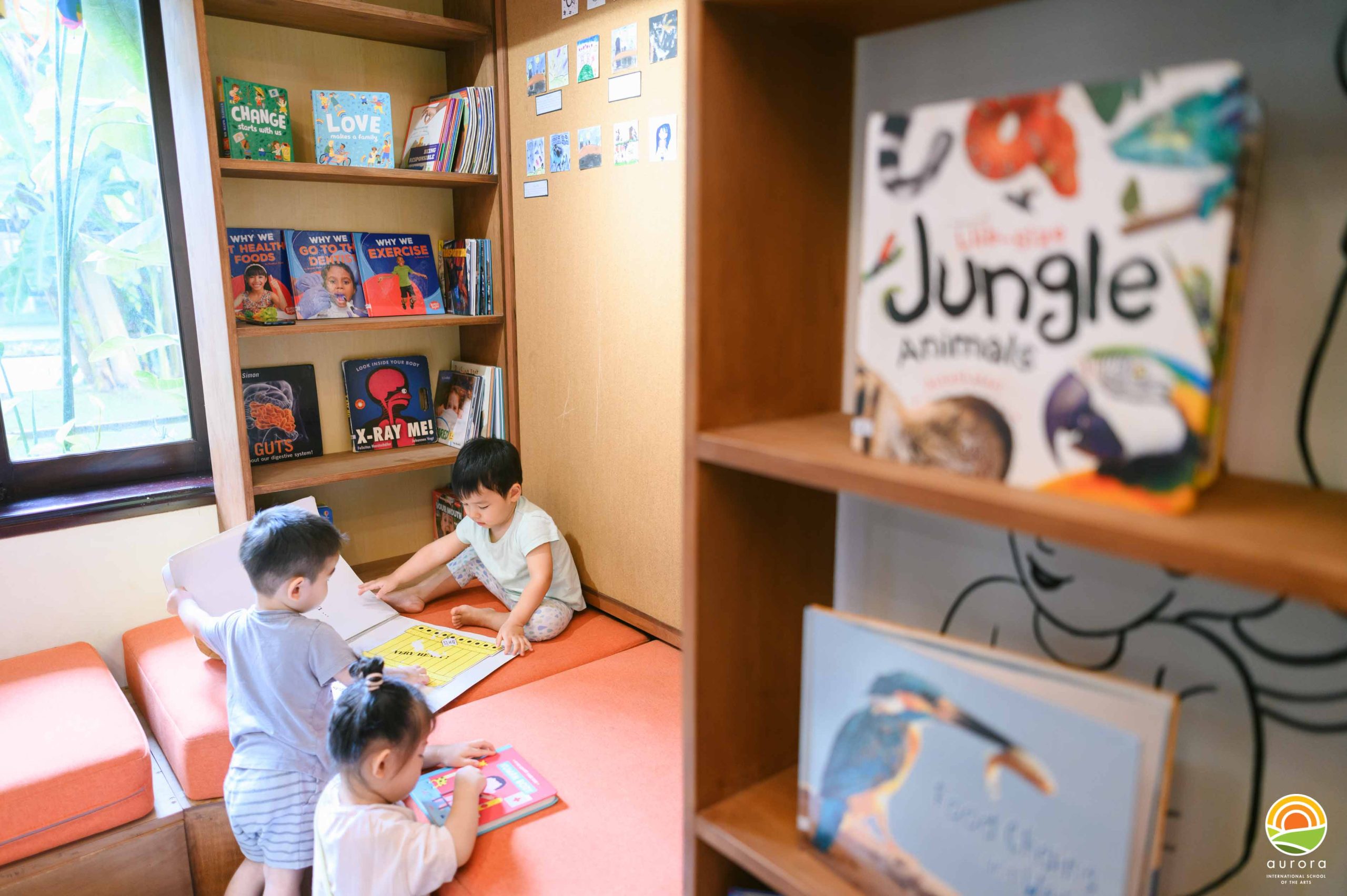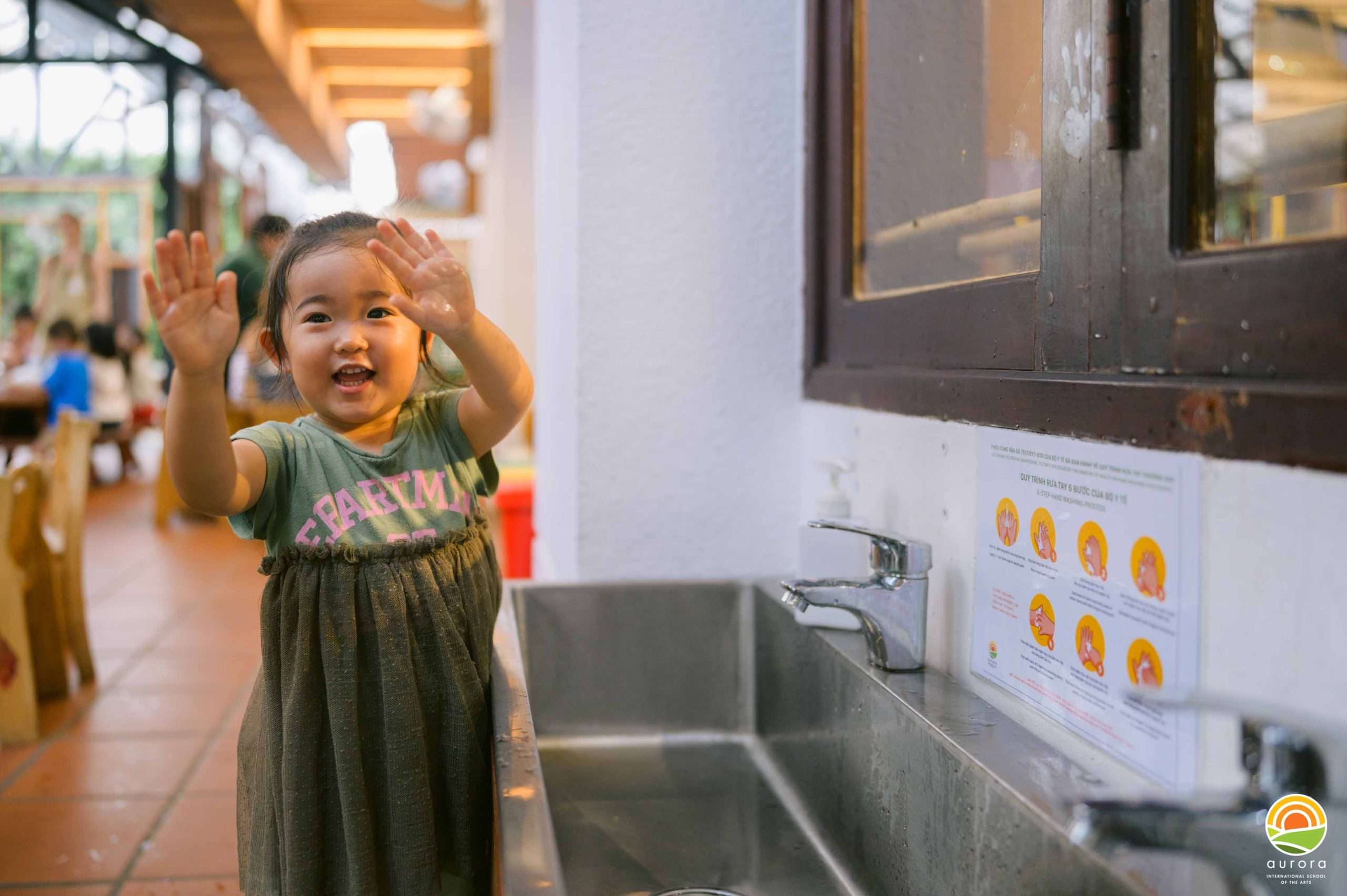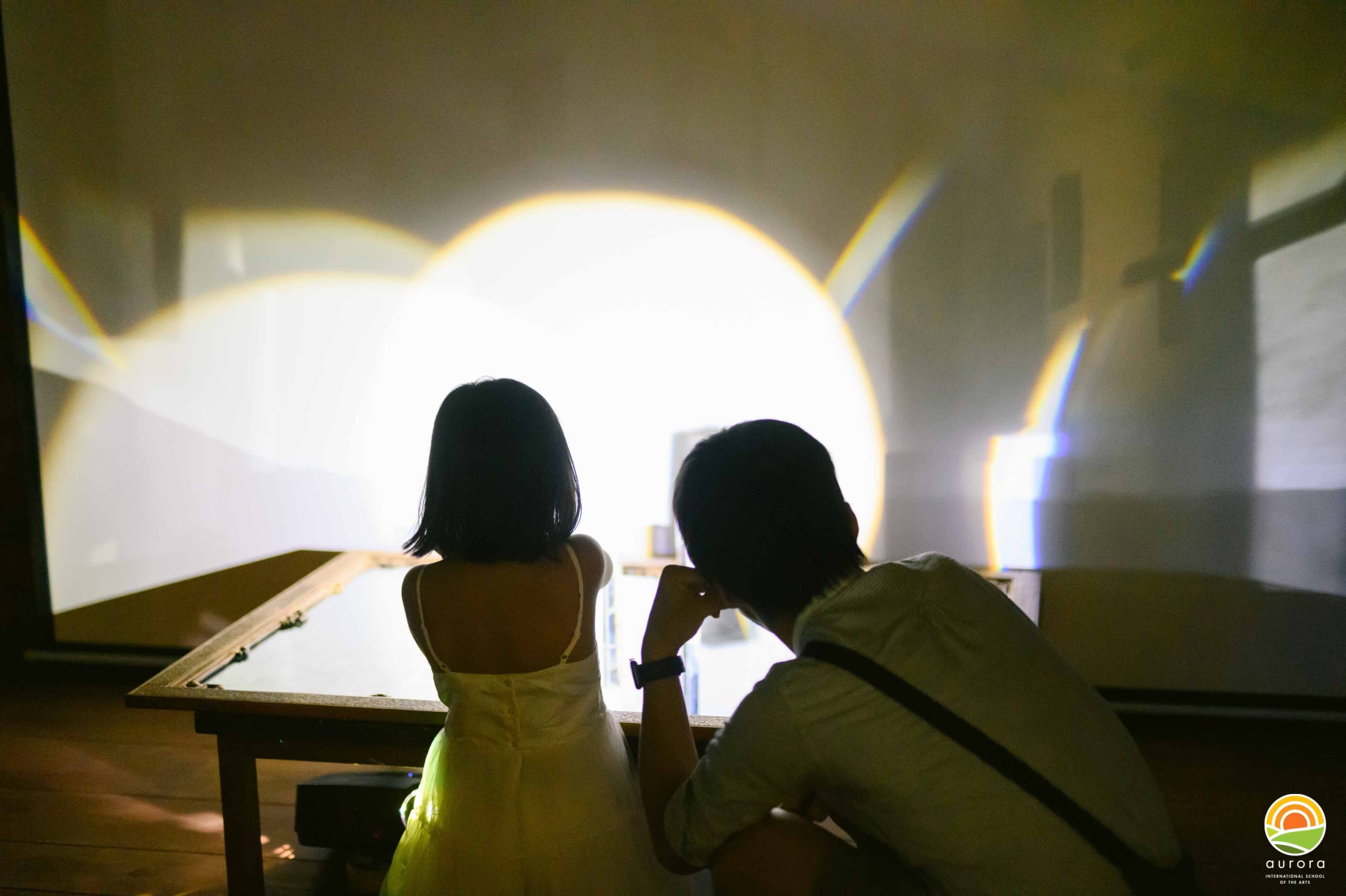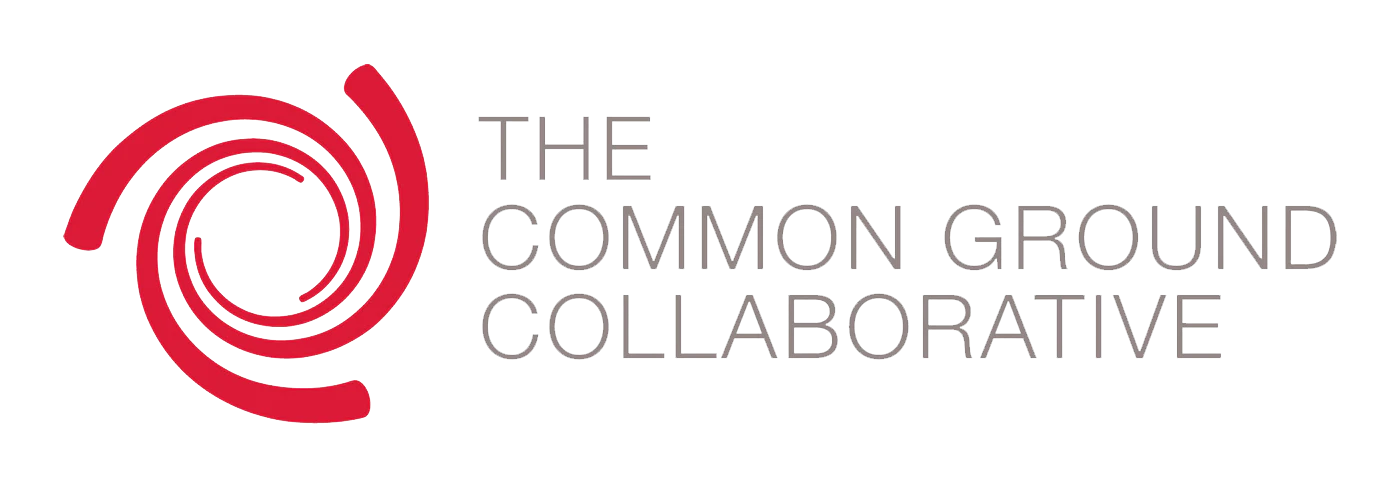The image of the child
“We know it is essential to focus on children and be child-centered, but we do not feel that is enough. We consider teachers and families as central to the education of children. We therefore choose to place all three components at the center of our interest. Our goal is to build an amiable school, where children, teachers, and families all feel at home. Such a school requires careful thinking and planning concerning procedures, and interests.”
– Loris Malaguzzi
At the crux of our educational philosophy is our image of the child: an active and curious learner, capable of constructing their own knowledge and understanding of the world. They are not passive recipients of information but rather active participants in their own learning process. We value their innate sense of wonder, creativity, and natural inclination to explore and discover.
“Children (like poets, writers, musicians, scientists) are avid seekers and builders of images. Images can be used to make other images, passing through sensations, emotions, relationships, problems, fleeting theories, ideas about what is possible and coherent and about the apparently impossible and incoherent.
The art of research dwells in the hands of children, and they are keenly sensitive to the pleasure of wonder.”
– Loris Malaguzzi
















